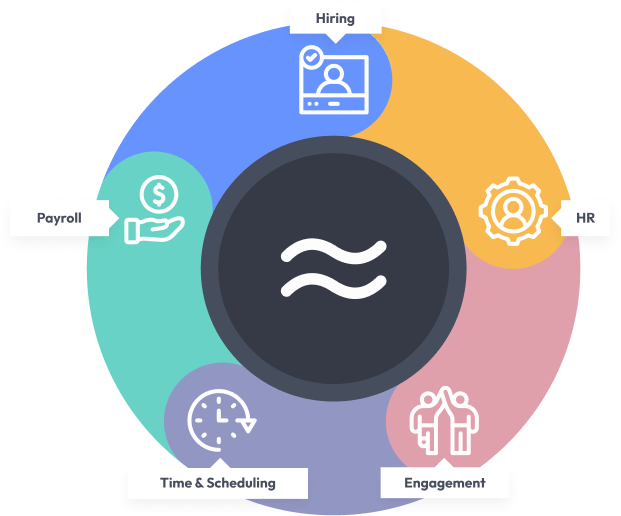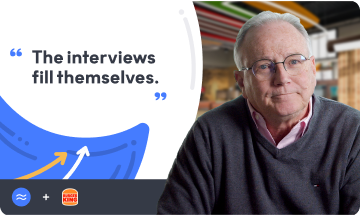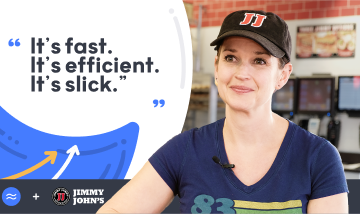How to Hire Production Schedulers: Your Guide to Building a Reliable Operations Team
Let’s be real—if you run a manufacturing plant, a busy bakery, or even a growing meal kit startup, you know that a great production scheduler is like the conductor of an orchestra. Without them, things get chaotic fast. But how do you hire production schedulers who are up to the task? It’s not just about finding someone who can read a spreadsheet or set up a shift. It’s about bringing in a pro who can juggle priorities, keep costs down, and make your team’s day run smoother than a fresh jar of peanut butter.
Why Production Schedulers Matter More Than You Think
Here’s the thing: high turnover in scheduling roles can cost your business thousands in lost productivity and morale. A talented scheduler can be the difference between hitting your targets and missing them by a mile. But what exactly makes this role so critical?
- Efficiency: A good scheduler keeps the wheels turning, matching labor to demand and reducing costly downtime.
- Morale: When shifts are fair and predictable, employees are happier—and less likely to jump ship. Turnover is a real budget-buster.
- Compliance: There’s a lot of red tape around hours and overtime. Mess it up, and you’re looking at fines or worse. Accurate recordkeeping is a must.
Honestly, if you ask me, hiring the right person for this job is as important as your best machine on the floor.
What Makes a Great Production Scheduler?
Skills and Qualities to Look For
Let’s talk shop: you want someone who’s organized, detail-oriented, and cool under pressure. But there’s more to it. According to great manager research, the best schedulers are:
- Excellent communicators—because they’re the glue between operations, HR, and the floor team.
- Tech-savvy—familiar with scheduling software, and not afraid to learn new tools like Workstream’s mobile-first platform.
- Problem-solvers—able to think on their feet when someone calls in sick or a shipment is delayed.
- Data-driven—comfortable with numbers and forecasting demand, which is crucial for controlling labor costs.
Experience Counts—But So Does Attitude
Sure, you want someone who’s done this before. But don’t underestimate the power of attitude. Hiring for attitude and training for skill can pay off big time, especially if you have a solid onboarding process.
Production Scheduler Recruitment: Steps for Success
Crafting the Right Job Description
Start with a clear, honest job post. Spell out the must-haves and nice-to-haves. Highlight perks, flexibility, and growth opportunities—these matter more than ever, especially for hourly roles. For inspiration, check out effective job posting templates and tips for calling out benefits.
Where to Find Candidates
Don’t just stick to the old job boards. Post on free job sites, tap into your network, and consider social media—yes, even Instagram can work wonders for finding fresh talent. And if you’re hiring for a restaurant or retail operation, digital recruiting strategies can expand your reach.
Screening and Interviewing
This is where you separate the wheat from the chaff. Use motivational interviewing techniques and cultural fit questions to see if candidates align with your company’s vibe. And don’t forget to check references—sometimes the best predictor of future performance is past behavior.
How to Hire Manufacturing Schedulers: Avoiding Common Pitfalls
Don’t Rely on Gut Alone
We all love a good gut feeling, but bias can sneak in. Use structured interviews and skills assessments—tools like eSkill’s pre-employment tests can help you objectively evaluate candidates.
Onboarding: The Secret Sauce
Once you’ve made your pick, don’t just toss them in the deep end. A strong onboarding process—like the ones you’ll find in these onboarding templates—can reduce turnover and help new hires hit the ground running.
Leveraging Technology for Scheduling
If you’re still using spreadsheets, it’s time for an upgrade. Platforms like Workstream can automate scheduling, send reminders, and even help with compliance. This isn’t just about saving time—it’s about preventing costly mistakes and keeping your team connected. Plus, with features like 24-hour schedule templates, you can keep operations humming around the clock.
Production Planner and Operations Scheduler: The Overlapping Roles
Sometimes the lines blur between production schedulers, planners, and operations schedulers. In smaller businesses, one person might wear all these hats. What’s important is that you define the responsibilities clearly in your job description and make sure your new hire has the bandwidth—and the support—to succeed.
Retention Starts on Day One
Remember, hiring is just the beginning. Ongoing support, fair pay, and a positive work environment are key to keeping your schedulers happy. According to DoorDash’s research on benefits, offering even small perks can boost retention and morale. And if you’re curious how other companies do it, check out what makes restaurant employees happy—the lessons apply across industries.
Conclusion: Set Your Operations Up for Success
Hiring the right production scheduler isn’t just about filling a seat—it’s about setting your business up for smoother days, happier teams, and a healthier bottom line. Take the time to define what you need, use the right tools, and invest in onboarding and retention. If you want to make life easier for both you and your schedulers, consider a platform like Workstream—it’s built for hourly businesses and can help you hire faster, schedule smarter, and keep your team engaged.
Still have questions about how to hire production schedulers or want to see how technology can make your life easier? You can always reach out to Workstream for a demo or more info.






